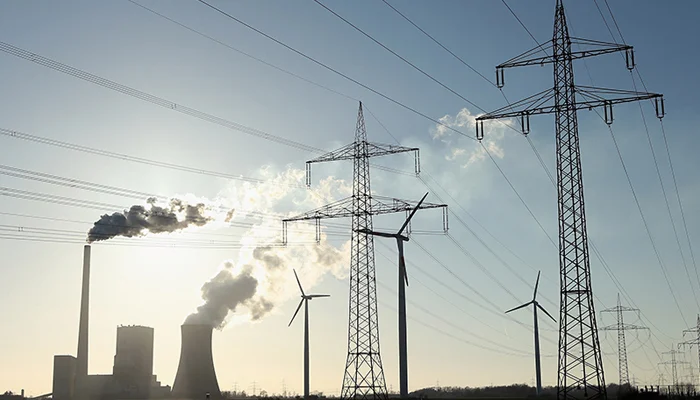The government has reportedly distributed around Rs1 trillion in capacity payments to 26 independent power producers (IPPs) utilizing gas, RLNG, and RFO over the last decade, starting in 2015, according to Business Recorder.
Documents indicate that these IPPs were set up under various power generation policies before 1994, as well as in 1994 and 2002.
Earlier this month, the National Assembly’s Standing Committee on Energy requested a detailed report on these capacity payments.
Many politicians have criticized these payments for contributing to the high electricity bills seen during summer.
Of the total payments, Rs536.3 billion went to gas and RLNG-based power plants. Major recipients include Fauji Kabirwala, which received Rs14.271 billion, and Liberty Dharki Power Limited, which was allocated Rs25.5 billion. Significant amounts were also given to Rousch Pak Power Ltd (Rs60 billion), Uch Power Limited (Rs77.314 billion), and Uch-II (Rs120.137 billion).
The Hub Power Company Limited received Rs205.034 billion, and Kot Addu Power Company was paid Rs167 billion. Other payments included Kohinoor Energy (Rs15.087 billion), Lalpir Energy (Rs52.081 billion), and Nishat Power Limited (Rs39.791 billion).
In a recent Senate panel meeting, Senator Shibli Faraz expressed concerns over the substantial capacity payments made to Rousch Power Limited, Uch Power, and Hub Power Company, which are associated with former commerce minister Abdul Razak Dawood.
Officials from the Central Power Purchasing Agency-Guarantee stated that these payments were based on the generation capacity of the plants. They also mentioned that while detailed information on the capacity payments had already been provided to the committee, retrieving data from the past decade would require additional time, and they requested a month to compile and submit this information.
State Finance Minister Ali Pervaiz Malik claimed that the scale of the capacity payments has been exaggerated.
He stated in an Aaj News interview on August 17 that “five percent of the capacity charge, which is under 100 billion, is attributed to the IPPs. So, I don’t think the issue is as significant as it has been portrayed.”
Malik also explained that half of the IPP issue arose because the Government of Pakistan and various provincial governments rapidly installed thermal generation plants at high costs after the 2014-15 policy. “The remaining 45% of the capacity charge pertains to CPEC projects, including imported coal plants at Port Qasim, Sahiwal, and other locations, as well as nuclear plants,” he said.










